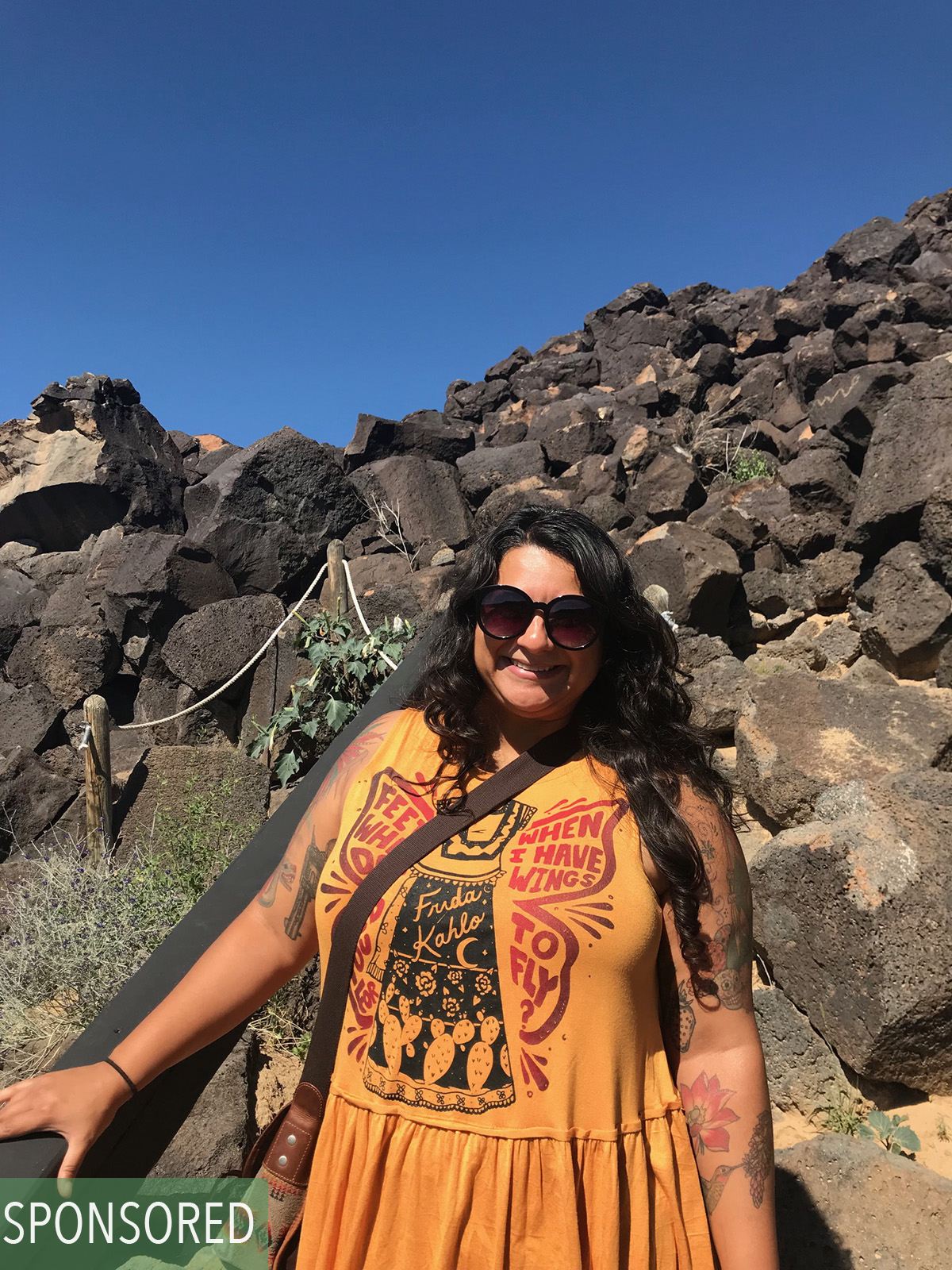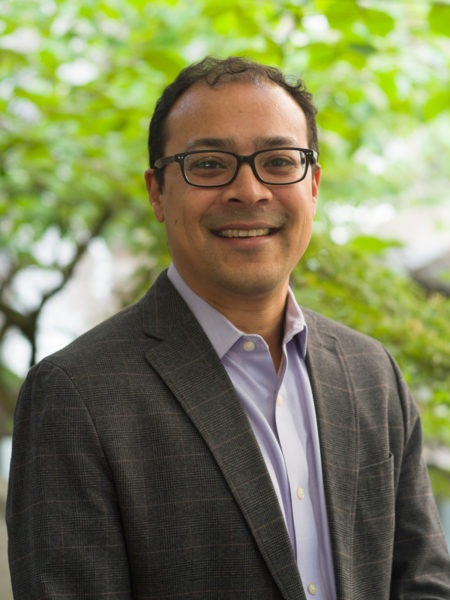
The sustainability and environment sector is growing, and becoming especially necessary as we gear up to face our global climate and environmental crisis. Some people may not even know there are opportunities in this field, and that anyone can find a reason to get involved with the environmental movement. Here are a few pointers from mid-career and established professionals of color about journeying through the Green sector, what’s changing and how to get through the ups and downs of transitioning in.
1. Everyone has connection to the environment, even if they never went hiking or camping as a child.
Every person has a kind of thread connecting them personally to the natural world. If you dig deep enough you’ll find a connection that can inspire and propel your work.
Lylianna Allala is the board chair for Got Green and an outreach coordinator with Congresswoman Pramila Jayapal’s office.
She identifies as Chicana and recognizes that the environment and land is deeply embedded in her culture. Both her parents are from Texas; Allala remembers the vibrant flowers her father and grandparents would plant in their yard.
“I played outside a lot. In the summertime, [my mom would say] ‘Go outside, I don’t want to see you back in here until sundown,” she recollected. Her Tejano family also has a ranching legacy, owning horses, hunting and fishing for subsistence, as well as a history of migrant farm work. Those aspects of her life are part of her personal connection to environmental work.

Sean Watts was displaced from one low-income neighborhood to another in DC next to the Potomac river, a Superfund site like the Duwamish Waterway. He went camping often as a Boy Scout. People would call him “Nature Boy” because he loved exploring the world around him.
“I always figured I’d become a scientist and work at the interface of science and policy for the [general] public in the environmental movement, to [help] fix things,” he recalled.
2. Being engaged in environmental work can take many distinct tracks.
Watts and his siblings are first generation college students. He knows the pressures bearing down on young people of color to do well and to go for careers that will provide long-term stability, especially if they come from low-income families.
“The pressure is really high to come back and say you are going to be a lawyer, a doctor, [or an] accountant,” he admitted.
As Watts moved into higher education, his love for nature was siphoned into natural science disciplines, eventually leading to academia and research. Throughout, his goal was to make an impact in the public sector. He received a doctorate, worked in academia and published papers. In the past 15 years, he has pivoted toward more local, community-based work using his ecology expertise and education.
Watts took the route of academia to give him the credentials so he could sway environmental work. But Allala declares that there are other ways to delve into the environmental field that don’t require a graduate degree.
“I’ve continued to develop and grow my voice and leadership and knowledge in the environmental space and environmental policy through different opportunities,” she emphasized.
She built her experience and expertise through leadership and skill building courses, volunteering at local organizations and events, and serving on community boards and advisory groups.
3. Don’t let the Green Ceiling hold you back. There are many people applying pressure to create more cracks in it.
Even though organizations are still systemically white-led, there is an urgent willingness to change. Allala is seeing a shift towards a “justice-based lens,” especially around climate.
“The narrative needs to change so that it is presented in a way that resonates for our communities and where we are coming from. I think a part of that is having folks from [communities of color] shape the narrative,” explained Allala.
Allala constantly shared her experiences, bringing the messages imparted from her family and culture to her work. “I’m adding value because I know that in this field our stories aren’t being told,” she said.
4. A truly equitable working space will take racial equity as a given.
When Watts went to get his PhD in Ecology, he became intensely aware that the field was dominated by a white framework.
“I also recognized what a rarity it was to have POC in ecology careers,” Watts said, “and so that became a big part of what I saw as a block.” Watts wanted to remove that barrier.
Allala remembers a time when she was often the only woman of color in the room. Allala felt she was spending all her energy trying to persuade white people that an environmental justice and racial equity lens was vital and necessary when doing environmental work.
“I always felt like I was struggling and pushing, putting a lot of energy towards convincing people of something that I knew to be true,” she remembered.
That changed when she started working for Congresswoman Jayapal. The racial equity lens is rooted in her team’s work; it is a given and not something that needed constant pushing to be put into practice.
“It is amazing to work for someone and work on a team where you feel seen. I don’t feel like I am ever compromising my own values or sense of self or struggling really to elevate the value of my perspective,” Allala said.
5. Find your people
When Allala joined Environmental Professionals of Color (EPOC) Seattle, she was able to join other POC in releasing the built up frustration and emotional burden of being one of the few POC in her workspaces.
“It was a lifesaver, really. We knew that all of that frustration was going towards something productive, the hope that we could create a community here in Seattle that could provide that support that we didn’t have,” said Allala. EPOC now has over three hundred members in Seattle, where members support one another, hold workshops and gather to share experiences and collaborate in the environmental movement.
If she could give one piece of advice to young people interested in the environmental field, Allala says seeking out mentors is imperative. “Finding mentors of color is so important [to] understanding the dynamics of what it’s like to be underrepresented in this field,” she stated. ”Make sure that you are plugged into a supportive community.”
Watts wants to be “crystal clear” that there are many different paths towards accessing an environmental career. With that clarity, “we are giving young future environmentalists the tools necessary to reassure their families, push into unfamiliar work environments and say, ‘Well this is why I’m doing this work and why it’s important, and yes, there is a career in it.’”
This story is part of a new series on Pathways to Green Jobs by Resource Media to showcase pathways to green jobs for people of color. Last year, Resource Media, Russell Family Foundation, and The Seattle Globalist partnered on “Puget Sound Future-Makers,” a series of stories that recognized the work of diverse leaders in the Puget Sound region in shaping the strength and resilience of our future environment and communities.

